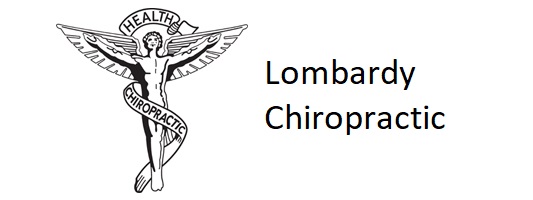American diets are deficient in calcium intake unless supplemented. The average intake is less than 75% of the more than 1,000 mg a day needed. 50% loss of bone mass occurs in a lifetime, so one should build (starting strongly in the teenage years!) and/or maintain as much as possible. One in three women will develop a hip fracture in elder life. Women’s mortality rates from osteoporotic fractures are greater than the combined mortality rates from cancers of the breast and ovaries. Men lose bone mass at half the rate of women, so they must be concerned with calcium intake as well. A calcium supplement containing hydrochloric acid is preferable to aid digestion of the calcium and calcium citrate which is the most easily absorbed calcium known. Vitamin D3 is essential for the symbiotic absorption of calcium. To find all these factors in one quality supplement, please ask us at Lombardy Chiropractic Clinic.
Please consider the following research documentation on bone nutrition essentials.
Please consider the following research documentation on bone nutrition essentials.
- Women’s Intake Of Calcium Is Too Low
- Men & Osteoporosis
- Results Of Osteoporosis
- Kidney Stone Formation Concern
- FDA / National Institute of Health Recommendations
- Role of Vitamin D3
- Benefits of Calcium
- Statistics on Osteoporosis
Video description of the nutritional component of osteoporosis
- Middle-aged and elderly women intake only 550 mg of calcium per day; women with osteoporosis intake even less 1,2
- Calcium intake is critical in TEEN years; low calcium intake in teen years leads to osteoporosis later in life.12
- Teen girls absorb 326 mg and adult women absorb 73 mg of 1332 mg of calcium taken daily. 12
- Men also develop osteoporosis, although less commonly than women, but it nevertheless can cause significant morbidity when present. A lowered testosterone hormone is to blame. 6
- a woman will typically lose 50% of her bone mass during her lifetime. 1
- 1 out of every 3 women will have a vertebral fracture after age 65. 1
- 1 out of every 3 women will have a hip fracture in extreme old age. 1
No Kidney Stone Formation from Calcium
- Research reports that a high dietary calcium intake reduces the risk of symptomatic stone formation! 8
FDA / National Institute of Health Recommendations 1,2
- 1000 mg of calcium daily for estrogen-normal (pre-menopausal) women
- 1500 mg of calcium daily for estrogen-deprived (post-menopausal) women
These recommendations are made because
- middle-aged women cannot achieve calcium balance at intakes less than 1000 mg 3
- calcium absorption efficiency drops with age 4
- estrogen deficiency leads to decreased calcium absorption and decreased retention of absorbed calcium 5
- Vitamin D increases calcium absorption in the gastrointestinal tract.
- 200 IU per day is recommended for persons over 50
- 400 IU to 800 IU per day for persons over 65
- Higher doses are often recommended.
- Calcium intake slows bone loss by 43% 10
- A 5% increase in bone mass decreases fracture risk by 40%. 12
- 1 in 4 women over 50 years and 1 in 8 men over 50 have osteoporosis 9
- Women’s mortality rates from osteoporotic fractures are greater than the combined mortality rates from cancers of the breast and ovaries. 9
- Up to 20% of women and 34% of men who fracture a hip die in less than one year. 9
- 20% of women, 34% of men with hip fractures die in less than a year 9
- Osteoporosis is usually symptomless until a fracture occurs 9
- In young adults with low back pain of unknown origin, doctors are recommended to look for osteoporosis as the etiology. 14
- Low bone mass in young men and women is not just a U.S. phenomenon. It is a world-wide finding in young, healthy people 15
Disclaimer
These statements have not been evaluated by the Food & Drug Administration. These products are not intended to diagnose, cure, treat or prevent any disease. No claims are being made, either expressed or implied, that these ingredients will cure disease, replace prescribed medications, or replace sound advice from a physician.
